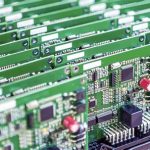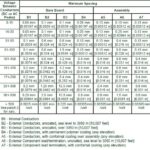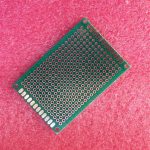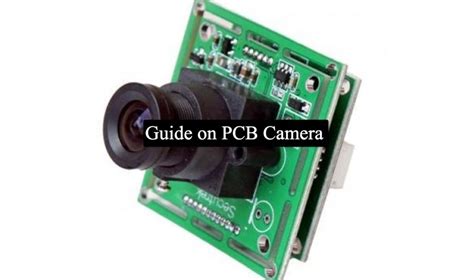
Blog
-
How to use the Circuit CAM
Posted by
–
 Read more: How to use the Circuit CAM
Read more: How to use the Circuit CAMTable of Contents
-
How to panelize gerber files?
Posted by
–
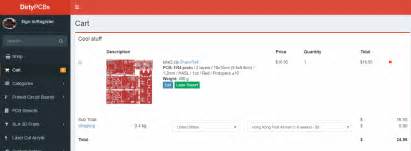 Read more: How to panelize gerber files?
Read more: How to panelize gerber files?What are Gerber Files? Before diving into panelization, let’s first understand what gerber files are. Gerber files are the industry standard format for describing the layout of a printed circuit board (PCB). They contain all the necessary information for PCB fabrication, including copper layers, solder mask, silkscreen, and drill data. […]
-
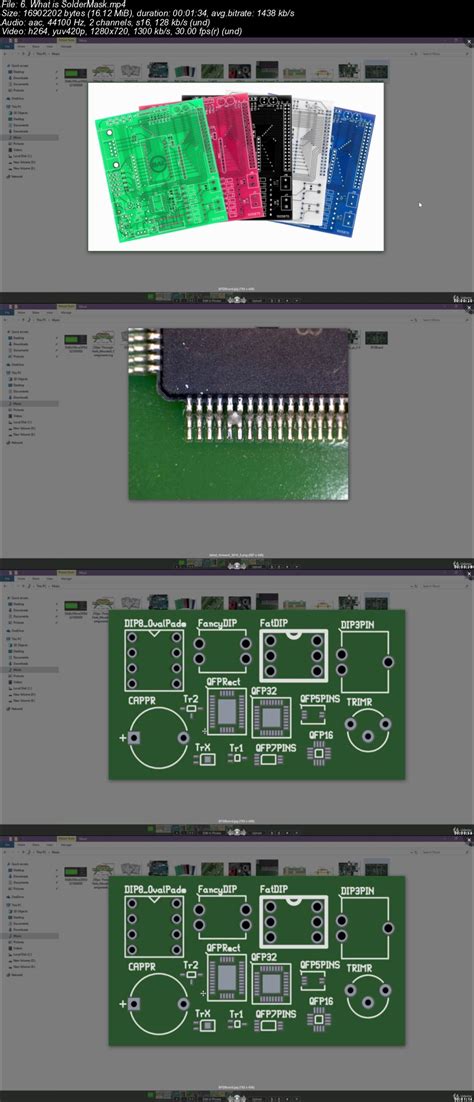 Read more: Is it possible to edit a new pcb using a gerber file as background in altium?
Read more: Is it possible to edit a new pcb using a gerber file as background in altium?What is a Gerber File? Before we dive into the specifics of editing a new PCB using a Gerber file as a background, let’s first understand what a Gerber file is. A Gerber file is a standard file format used in the PCB industry to describe the layout of a […]
-
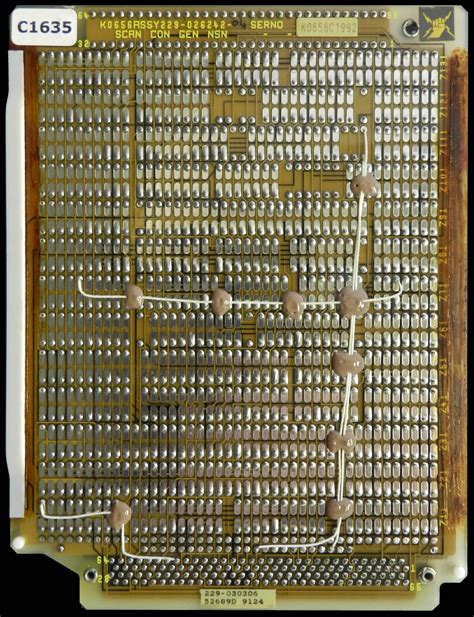 Read more: Is it possible to switching unit from mm to mil in PCB layout?
Read more: Is it possible to switching unit from mm to mil in PCB layout?Understanding PCB units: mm and mil Before diving into unit conversion, let’s first understand the two primary units used in PCB design: Millimeters (mm): The metric unit of length, where 1 mm equals 0.001 meters or approximately 0.0394 inches. Mils: A unit of length equal to one-thousandth of an inch, […]
-
Make Schematic Symbols from CSV Files
Posted by
–
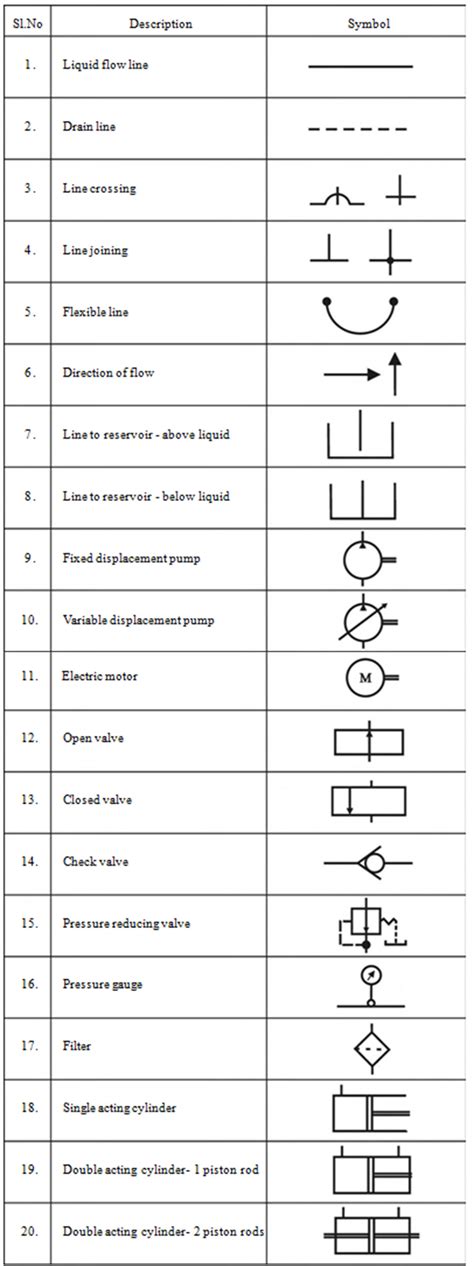 Read more: Make Schematic Symbols from CSV Files
Read more: Make Schematic Symbols from CSV FilesIntroduction to Schematic Symbols and CSV Files Schematic symbols are graphical representations of electrical or electronic components used in circuit diagrams. They provide a standardized way to represent various elements such as resistors, capacitors, transistors, and integrated circuits. Creating schematic symbols can be a time-consuming task, especially when dealing with […]
-
PCB Board Warpage Reasons and Treatment
Posted by
–
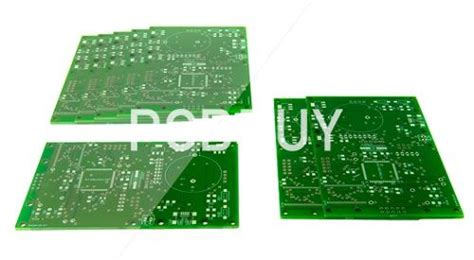 Read more: PCB Board Warpage Reasons and Treatment
Read more: PCB Board Warpage Reasons and TreatmentWhat is PCB Warpage? PCB warpage is the deviation of a PCB from its intended flat shape. It occurs when the board experiences uneven stress or thermal expansion, causing it to bend or twist. The warpage can be classified into two types: Convex Warpage: The PCB bends outward, forming a […]
-
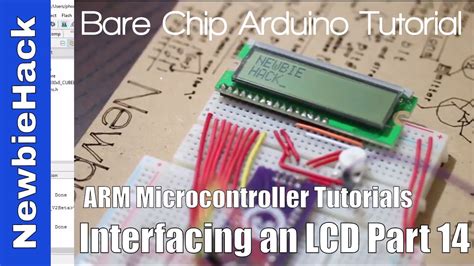 Read more: Microcontroller Tutorial 5/5: Soldering and Programming the Circuit
Read more: Microcontroller Tutorial 5/5: Soldering and Programming the CircuitIntroduction to Soldering and Programming Microcontrollers Welcome to the final part of our comprehensive Microcontroller Tutorial series. In this article, we will dive into the practical aspects of soldering and programming your microcontroller circuit. By the end of this tutorial, you will have the knowledge and skills necessary to bring […]
-
Nixie Tube Clock Without a PCB
Posted by
–
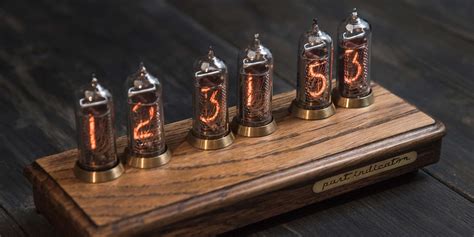 Read more: Nixie Tube Clock Without a PCB
Read more: Nixie Tube Clock Without a PCBIntroduction to Nixie Tubes and Nixie Clocks Nixie tubes are a type of cold cathode display device that were widely used in electronic equipment from the 1950s to the 1970s. These tubes contain a wire-mesh anode and multiple cathodes, each shaped like a numeral or symbol. When a voltage is […]
-
Parts from American Microsemiconductor
Posted by
–
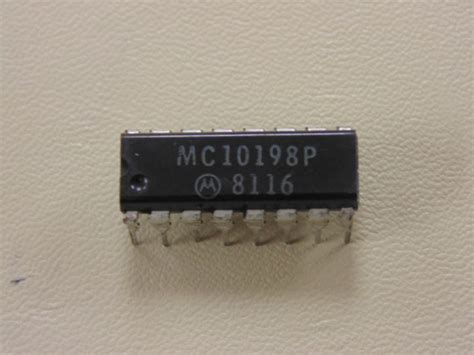 Read more: Parts from American Microsemiconductor
Read more: Parts from American MicrosemiconductorIntroduction to American Microsemiconductor Parts American Microsemiconductor is a leading provider of high-quality semiconductor parts and components. With a wide range of products, including microprocessors, memory chips, and analog devices, American Microsemiconductor has established itself as a trusted supplier to the electronics industry. In this article, we will explore the […]
-
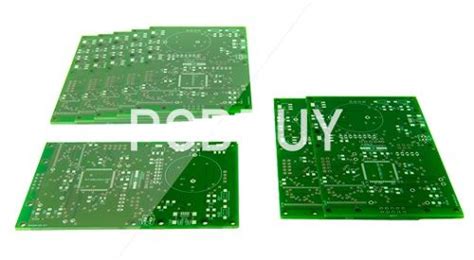 Read more: PCB Warpage: Unintended Alteration of a Circuit Board’s Shape
Read more: PCB Warpage: Unintended Alteration of a Circuit Board’s ShapeWhat is PCB Warpage? PCB warpage refers to the deviation of a printed circuit board from its intended flat shape. It is a dimensional instability that occurs when the board experiences uneven thermal expansion or contraction during the manufacturing process or during its operational life. The warpage can manifest as […]
